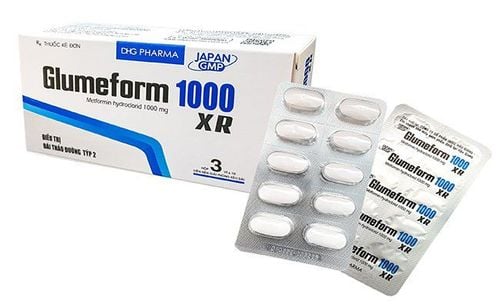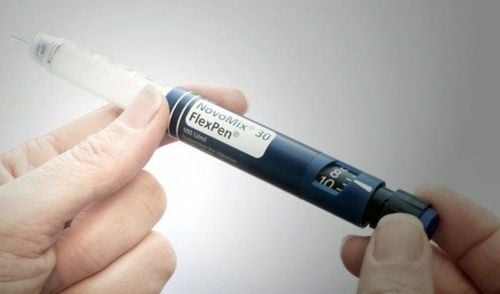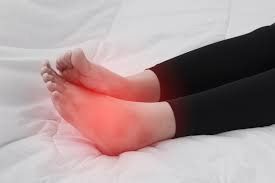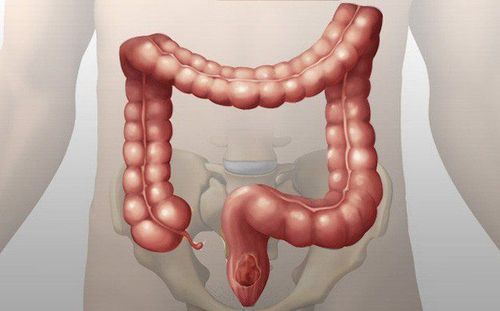This is an automatically translated article.
Foot callus is a warning sign that the feet have abnormal expressions. In people with diabetes, this is what leads to foot ulcers. For normal people, foot ulcers are not a big problem, but for people with diabetes, the damage caused by foot ulcers is very difficult to recover, it should be treated early to avoid causing dangerous complications such as gangrene. spend.1. What is a foot bottle?
Callus is an area of the foot that becomes thickened and stiff when that position is subjected to repeated low-intensity pressure.
2. Why do people with diabetes often appear calluses?
For healthy people, the arch structure of the foot, the fascia - muscle - ligament system, the fatty layer of the heel and the toe area form a highly elastic cushion to help prevent the foot from being injured when moving. motion.
For people with long-term diabetes, limited joint mobility can occur due to high blood sugar leading to deposition of end products of glycosylation into tendons and ligaments. Neuromotor complications cause atrophy of the musculoskeletal system in the foot, deforming the foot, changing the anatomical structure of the foot, and atrophying the fat layer on the underside of the foot. These changes lead to increased pressure in the soles of the feet. The end result of this process leads to the formation of calluses on the feet.
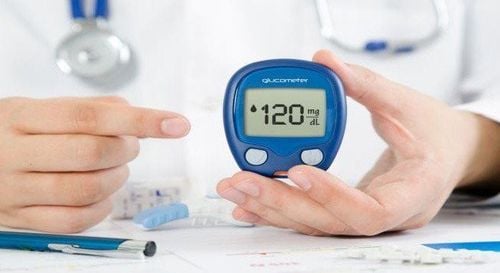
Hạn chế vận động khớp có thể xảy ra do đường máu tăng cao
3. Common foot calluses in what locations?
Calluses often appear in areas under pressure. The location of calluses can suggest to the doctor the cause of the disease.
Calluses at the toe edge or on the edge of the foot may suggest the cause of tight footwear.
Calluses on the underside of the big toe are often caused by limited joint mobility or by deformity of the lateral curvature of the big toe.
Calluses in the heel area and the metatarsal head can be caused by high arch deformity – one of the consequences of diabetic neuromotor complications.
4. Why foot calluses need to be detected and treated early
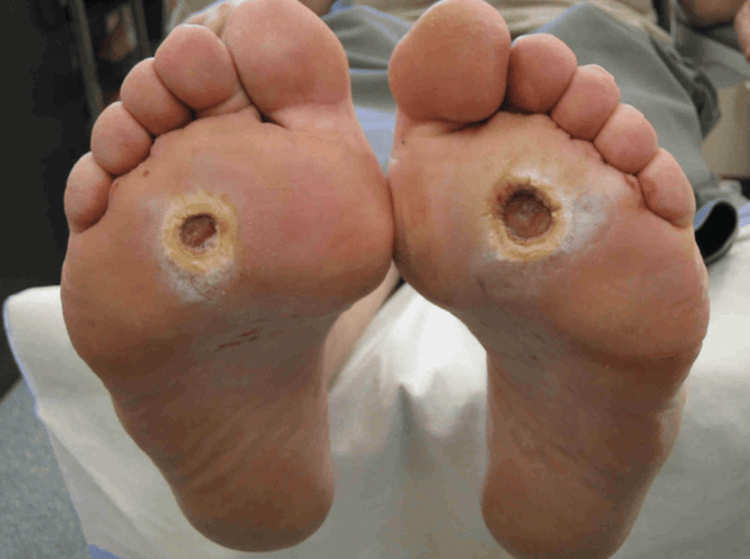
Hình ảnh bệnh nhân tiểu đường bị loét bàn chân
Calluses are the body's protective response against pressure on the feet. Foot callus is a warning sign in the foot that has abnormal manifestations. Callus is one of the most common causes of foot ulcers in diabetics. Early detection and timely treatment of calluses will help prevent foot ulcers for patients.
5. How to treat calluses?
Detecting the cause of calloused feet plays an important role in the treatment and prevention of recurrence. For example, if calluses are caused by wearing tight footwear, treatment is simply advising the patient to change footwear accordingly.
For hard calloused lesions that cause pain and difficulty in movement, calluses should be removed. Foot callus removal is a very simple, inexpensive, minor surgical technique that usually causes no pain and little bleeding. The procedure usually takes between 30 minutes and 1 hour. Patients are usually treated on an outpatient basis and do not need to be hospitalized.
To treat calloused feet in people with diabetes safely and effectively, patients should go to reputable medical facilities. Vinmec International General Hospital is a high-quality medical facility in Vietnam with a team of highly qualified medical professionals, well-trained, domestic and foreign, and experienced.
A system of modern and advanced medical equipment, possessing many of the best machines in the world, helping to detect many difficult and dangerous diseases in a short time, supporting the diagnosis and treatment of doctors the most effective. The hospital space is designed according to 5-star hotel standards, giving patients comfort, friendliness and peace of mind.
To register for an examination at Vinmec International General Hospital, you can contact the nationwide Vinmec Health System Hotline, or register online HERE.




